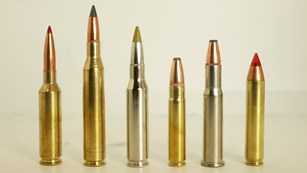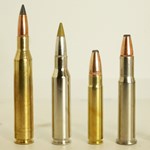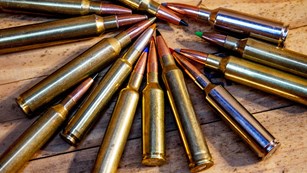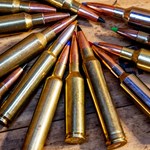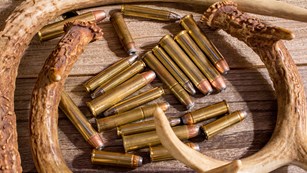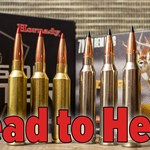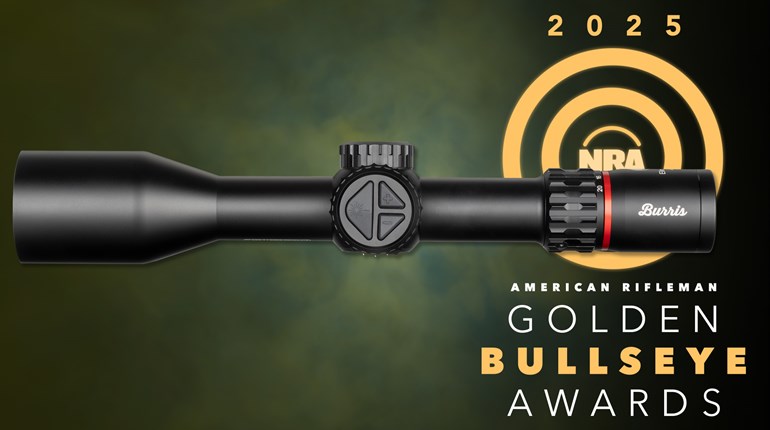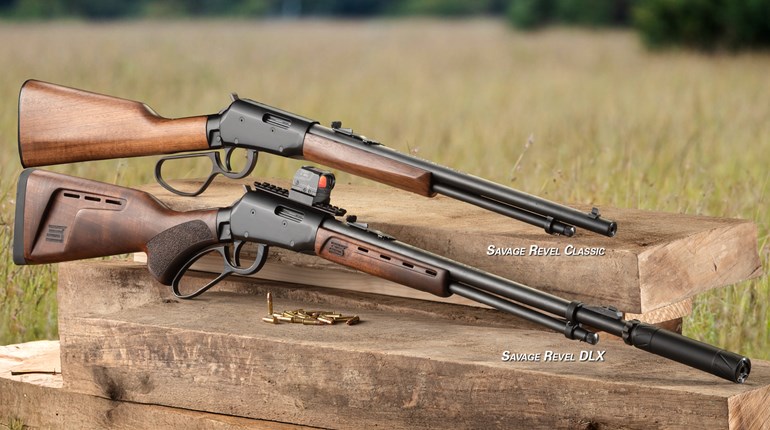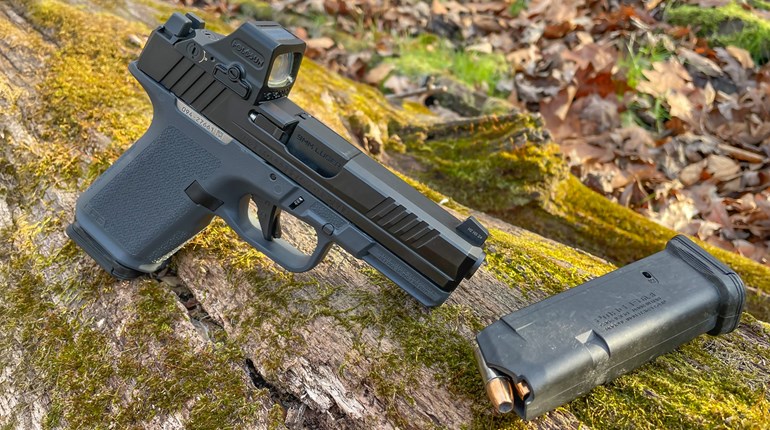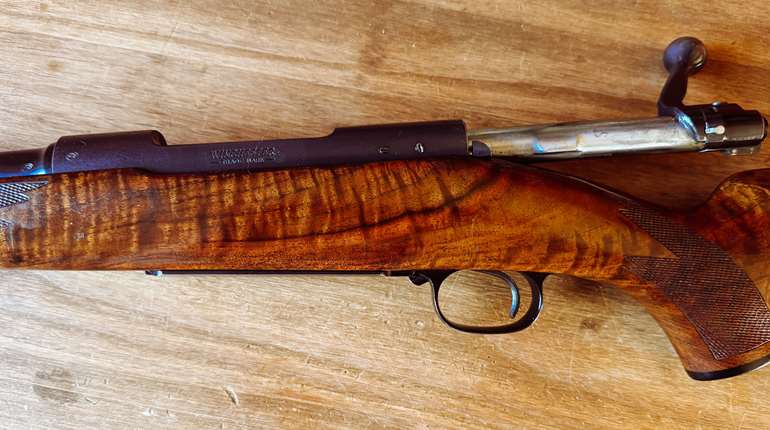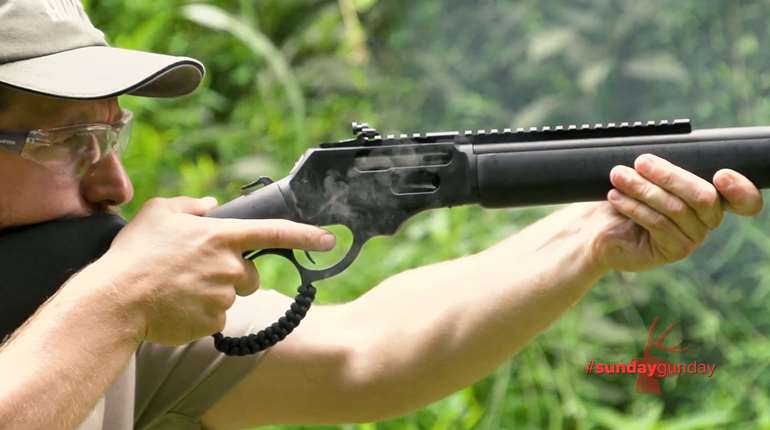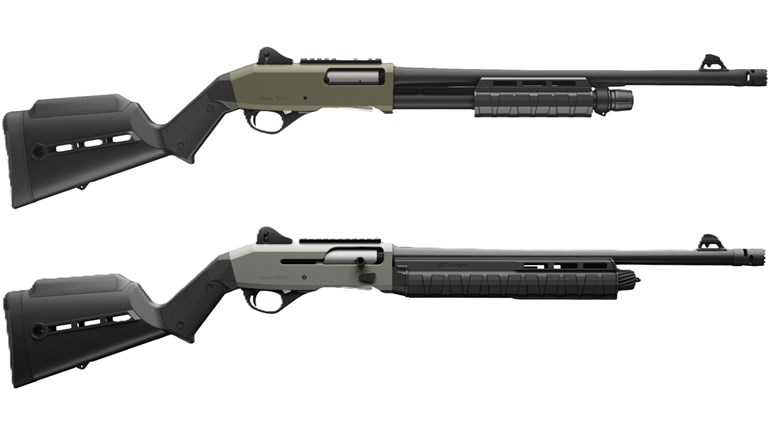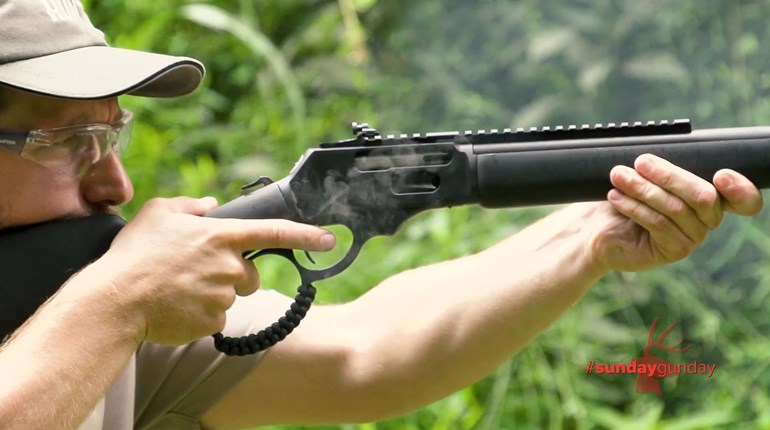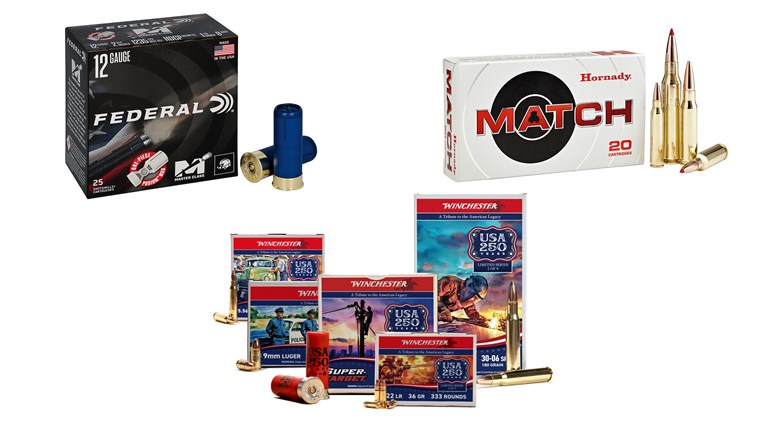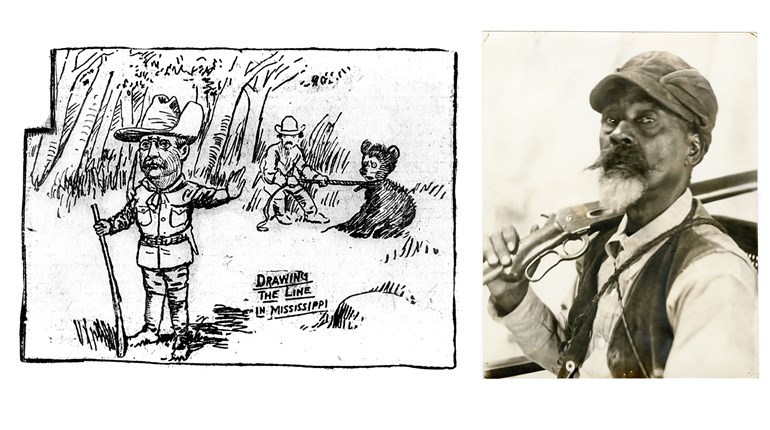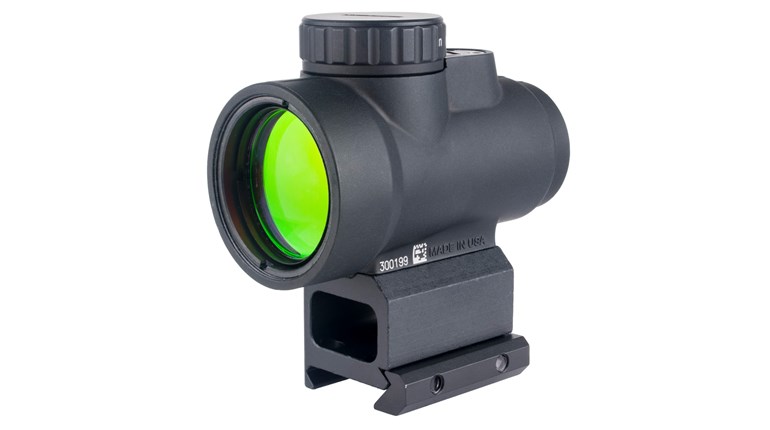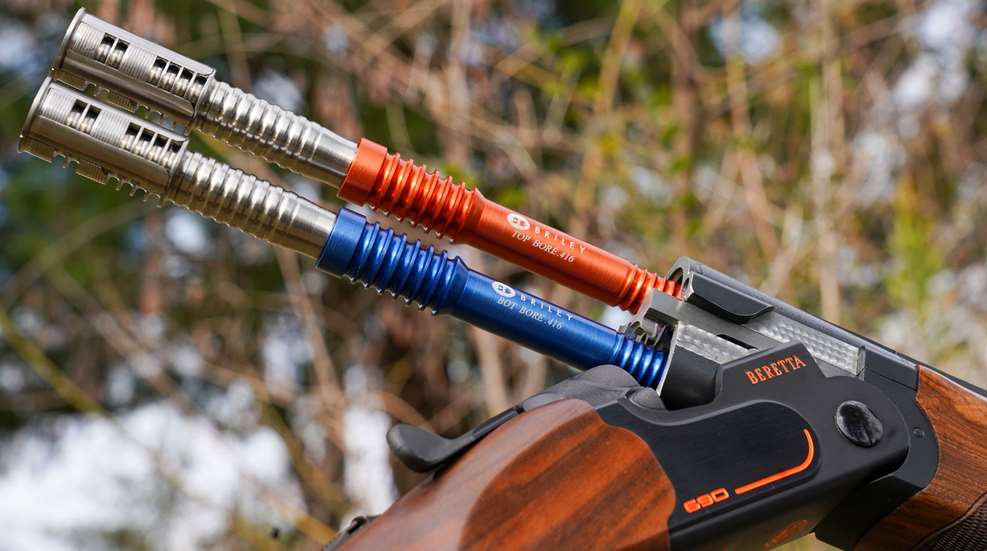
Unquestionably, the omnipresent 12 is the most popular of the common shotgun gauges. And second place—the 20 gauge—isn’t even close. In fact, according to Cartridges of the World, 13th Ed., “If there is one shotshell that holds all the titles as most versatile, most popular, and most varied in loadings, the 12 gauge is it. Except for the .22 rimfire, by almost any measure the 12-gauge is the most popular sporting chambering ever offered.”
A cursory glance at online retailer MidwayUSA’s 12-ga., 2¾-inch shells confirm this. Across all payloads (weight, number, and configuration), there are 274. What about the twenty-gauge? Eighty five. Yeah, it’s disproportionate.
This is due in part to the 12 gauge’s unequalled versatility; between its various lengths, which range from 1¾ inch to 3½ inch, and payload configurations too numerous to list here. But, to give you an idea of the latter, the abovementioned source states, “In 1995, 12-gauge commercial offerings from only the big three shotshell manufacturer totaled 435 unique manufacturer and component combinations.” That omitted offerings from other large- and small-scale makers as well.
The reality is that, when properly configured, the 12 gauge will handle everything from wily, late-season doves to cruising, bruiser Midwest bucks, and camp defense against marauding bears to boisterous springtime toms. But, as with all other gauges, and cartridges for that matter, it’s not perfect for all situations. In fact, at times the 12 gauge is too much for the given task at-hand. But, are you willing to sacrifice the 12’s strengths to address its weaknesses? Thankfully, you don’t have to. Briley Manufacturing, Inc., of Houston, Texas, and others have a solution.

A Brilliant Solution
For those unfamiliar with the clays sports, such as Skeet, sporting clays and FITASC, in particular, 12-gauge events are held separately from those of the sub-gauges (20, 28, and .410); however, the anomalous 16 gauge can be used in the former. So too can sub-gauges, though it often puts the competitor at a distinct disadvantage. For registered skeet tournaments, which are sanctioned by the National Skeet Shooters Association (NSSA), competitors frequently shoot four rounds (or 100 targets) with 12, 20, and 28 gauge, as well as .410 bore. In National Sporting Clays Association (NSCA) and FITASC contests, events are frequently gauge-specific to ensure an equal basis.
Why is this important? To compete in multiple events can involve purchasing multiple shotguns (upward of four), as well as the hassle of completing the necessary paperwork and background check(s) and transport—not to mention maintenance. What’s more, if the firearms differ dimensionally and functionally, which most assuredly they will, establishing the familiarity necessary to win at the highest levels of competition is especially challenging. Clearly a one-gun solution was needed.

Fortunately, several innovating companies began creating removable, sub-gauge inserts (or tubes) that enabled the safe use of sub-gauge shells in a 12 gauge (and other) break-action shotgun—single-shot, over-under, etc. Essentially, an insert is a liner that’s slid into the shotgun’s barrel, and then, depending on manufacturer, could require final placement using a seating mallet and driver.
Sub-gauge tubes have varied greatly through the decades, with some measuring being exceptionally short, such as Little Skeeters and the former Chambermates, while others are full-length. There have been (and still are) versions that fit between these extremes, too. But the concept remains the same—increase the flexibility of a larger gauge shotgun by permitting the use of a smaller shell. As an example, a 12 gauge could be converted to use a 20- or 28-gauge shotshell, or even a .410 bore, or an existing 20 gauge could be fitted with a 28-gauge or .410-bore insert.
Little Skeeters certainly earns the distinction for having the most varied conversions; a parent, 10-gauge shotgun could be converted to use 12- or 20-gauge shells, and a 16-gauge could be employed to fire 20-, 24-, or 28-gauge shells, as well as .410s. Have a 20-gauge shotgun? It could now identify as a 28- or 32-gauge scattergun, or even a .410. Wild! Depending on configuration, they’re around $50 to $70 per pair.

Briley’s Offerings
Briley’s tubes are a mainstay in the tournament setting, and I’ve made heavy use of them, too. Their craftmanship, design, and durability are the reason that they’re peerless; therefore, I’ll focus on them.
For shotgunners dabbling in sub-gauge tubes, Briley offers the Side-Kick 2.0 Chamber Inserts. The least costly of its options, non-choked Side-Kicks measure 11 3/8-inches overall per pair, and each duo comes with a tube set hammer, C-T driver, and three-piece knockout rod. The weight differs depending on conversion. For instance, according to a digital postal scale, the 12-to-28-gauge Side-Kick tubes for my Browning CXS weigh 4.5 ounces each and are only minimally noticeable when engaging targets. Each set is color-coded for easy identification and is maker specific. Currently there are offerings available converting a 12 gauge to 20 or 28 gauge, or .410 bore, as well as a 20 gauge-to-.410-bore option. Price is $399. If a 3-inch .410-bore is desired, it’s an additional fee.

As you might suspect, downrange performance from abbreviated, non-choked tubes isn’t on-par with full-length ones that are constricted. But, for close-in work, such as within 30 yards (on upland birds), they’re satisfactory. In fact, I’ve found them to be decent success when using them in challenging registered sporting clays events—but clay and feathered birds are vastly dissimilar, and I’d err on the side of caution. Closer is better. One thing worthy of note is that Side-Kicks leave the barrel (and themselves) quite dirty after a trigger-happy session.
Frankly, I recommend opting directly for Briley’s full-length, non-fitted Companion Drop-In Tube Sets (or ICON Single Companion). Why? For an extra $250 to $350 per pair, the downrange performance gain alone is worth the expense. Rather than a short, non-choked tube, you get a full-length—about ½-inch shy of the barrel’s muzzle—insert with flush-fitting, screw-in choke(s) of your choosing; in essence, you’re getting a new shotgun in that sub-gauge. One is provided per barrel, ranging in constriction from cylinder to extra full—talk about versatility!

Companion tubes are available in “UltraLite” and “Standard Weight” configurations. The former’s chamber is made from titanium, while the latter has one machined from stainless steel—hence the former’s increased cost and decreased heft. Both have color-coded, aluminum-alloy tubes. Like the Side-Kicks, weight is dependent on design. As an example, Briley reports that a Standard Weight 12-to-20-gauge set weighs 14 ounces and 16 ounces for 28- and 30-inch lengths, respectively. The UltraLite variant saves you about an ounce. Twenty-seven-and-a-half-inch tubes for my 28-inch-barreled Browning CXS weigh about 5.9 ounces each—minimal heft for the extra performance over the Side-Kicks. The ICON Single Companion Drop-In Tube costs $349.99 (Standard Weight) or $399.99 (UltraLite) and comes with two choke tubes—Briley’s renowned thin-walled chokes. Extras can be purchased separately.
Briley’s final option are the fitted tube sets. Available in three sub-gauges (12 gauge) or two (20 gauge), as well as a single (10, 12, 16, 20, or 28 gauge), the fitted tubesets are custom tailored for your shotgun, thus requiring that it be shipped to Briley. Cost varies greatly, depending on number of barrels, material, and configuration, but ranges from $699 to more than $2,000. The key benefit of fitted barrels is matched weight, and thus uniformity across the gauges. Fitted barrels are accompanied by four, flush-fitting screw-in choke tubes.

Installation, Removal, and Operation
Installing Briley sub-gauge chamber inserts/tubes is simple and fast. First, after confirming that the shotgun is unloaded and unobstructed, select a lightly oiled inset and slide it into the bore from the breech until resistance is met. Next, rotate the insert until its extractor is indexed with the shotgun’s extractor/ejector, then use thumb pressure to push it in. Lastly, with the aid of the C-T Driver and seating mallet, the insert is fully seated. However, the extractor itself should never be hit. The directions are repeated for the second insert/tube.

Removing tubesets or inserts is even easier. First, ensure that the shotgun is unloaded and remove the barrels. Using the supplied, three-piece Knock Out Rod (Side-Kicks) or Knock Out Tool (Companion/Fitted), insert the black tip of the rod or tool into the muzzle until it contacts the insert/tube. A few light strikes with the seating mallet will push the insert/tube free from the breech. This is repeated for the second barrel. Then you’re back to a 12 or 20 gauge.

Once in place, barrels with tubesets operate the same as those without them—with an exception. Shotguns equipped with ejectors will only have extractors while they’re installed. Otherwise, the shotgun is unchanged, which is exactly the reason that competitors elected to use sub-gauge tubesets over multiple shotguns.

As a word of caution, Briley’s Side-Kicks and Companion inserts/tubes do have limitations. For instance, they cannot be used in the Benelli 828U, and due to the long, tapered barrels of the Beretta DT-11, 692, and 694, are special order and require additional time. Additionally, the Browning 725’s factory trigger may need to be modified for a fee. Why? Lower recoil of the sub-gauge shells and the way it operates. Some shotguns with an inertia trigger could face similar issues; however, Briley can fix it without altering the operation of the gun. Before purchasing tubesets, double-checking with the company and/or its website is a prudent decision.

Making the Correct Choice
Selecting a tubeset isn’t a forthright as it might seem. There are aspects that you should consider before placing an order. Here are a few.
For hunting, it makes little sense to me purchase a 20-gauge tubeset for a 12-gauge shotgun; thanks to technological advancements with regard to ammunition, there’s minimal difference downrange. The same applies to felt recoil; a 3/4- or 7/8-ounce load propelled to modest velocities from a 12 gauge produces negligible recoil, and that’s what the 20 gauge employs in many loads, too. What is to be gained?

A better choice is to select the 12-to-28-gauge tubeset. Why? Frankly, when it comes to upland hunting, there’s little that the petite powerhouse cannot do, and I don’t think there’s a finer gauge for dove and quail. I learned this firsthand while help rid Argentina of its nuisance doves. What’s more, said tubeset (and that in .410) can handle lead and steel shot, while the aforementioned 20-gauge version requires changes at the factory, and it must be requested. Twenty-eight-gauge shells aren’t inexpensive, but you’re getting more for your money.
Sure a .410 is fun to shoot, especially in a hefty 12-gauge frame, but the shells are costly. Expect to pay around $0.60 or more for even the cheapest 2½-inch target-type loads. But, if recoil reduction is the chief requirement, that’d be the one you’d select. That’s why you’d also invest in a .410 tubeset for a 20-gauge shotgun.

Parting Thoughts
Are sub-gauge inserts/tubes right for you? An honest question, to be sure. If you’re looking for the challenge of hunting most upland species with a sub-gauge, or desire low-recoil practice to build firearm familiarity, they’re a perfect fit. Additionally, since perceived recoil is minute, they’re also a great way to introduce neophytes and youth to the shooting sports without having to purchase another shotgun. All this brings us full-circle.
Sub-gauge tubes (inserts) aren’t new, but we now have the best variants to-date thanks to Briley Manufacturing, Inc. If you want to further increase the versatility of your break-action, 12- or 20-ga. shotgun, consider downsizing via tubesets. I know that, come September, they’ll be in my CXS waiting for wayward flying Virginia doves.


